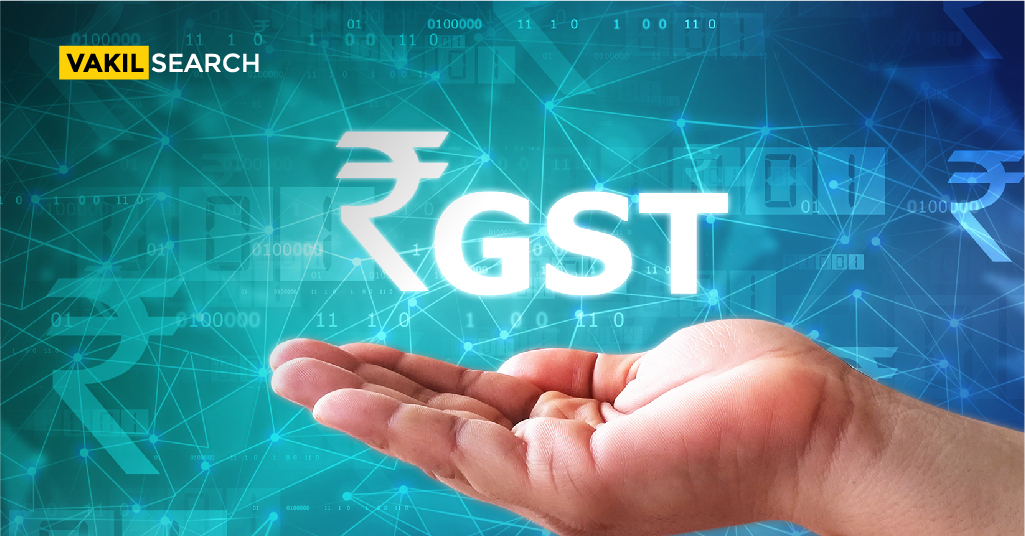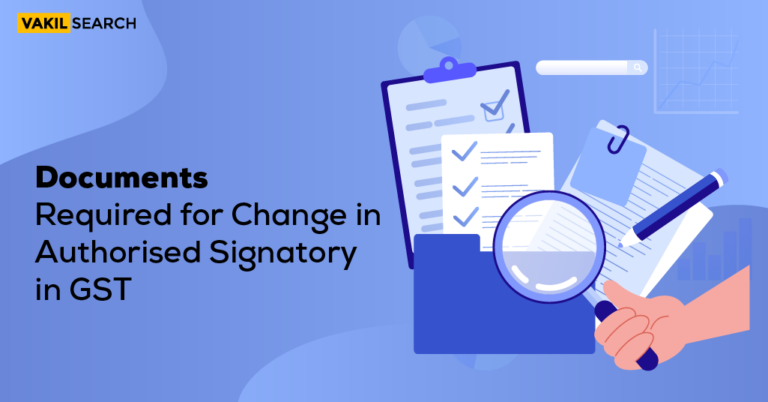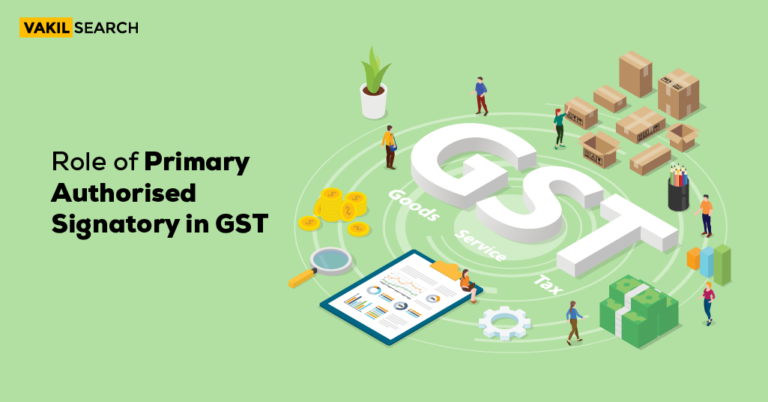The Indian food service sector was worth Rs 1,48,353 crore in 2018-19, according to the National Restaurant Association of India's 2019 India Food Service Report, and is expected to increase at a CAGR of 15% to Rs 2,57,907 crore in 2022-2023.
Overview
Before the introduction of GST a restaurant’s bill comprised VAT, services tax, and service charge. However, after 2019, indirect taxes collected on the sale and purchase of goods and services in India have been absorbed by the GST Registration Limit regime of indirect taxation.
In most states, restaurants, like other enterprises with a revenue of more than ₹ 20 lakh, would be required to register for GST. If the yearly aggregate revenue of a restaurant in a special category state exceeds ₹10 lakhs, the restaurant must register for GST. Any restaurant with a lower annual revenue than this can also opt for voluntary GST registration.
GST Composition Scheme in the Restaurant Industry
If the total annual turnover of a restaurant is less than ₹ 100 lakh, it can register: https://reg.gst.gov.in/registration/ under the GST composition scheme. Restaurants that are registered under the GST composition system will be required to pay GST at a rate of 5% of total revenue, split into 2.5 percent SGST and 2.5 percent CGST.
Furthermore, restaurants that make use of this scheme must ensure that any goods obtained from an unregistered source are subject to reverse charge GST.
Steps for GST Registration
GST Registration Application (Form GST REG-01): Initiate the process by completing the GST registration application using the prescribed Form GST REG-01.
- Commence on the GST Portal: Visit the GST Portal to kickstart the registration process. Input crucial details such as your mobile number, email address, and, significantly, your PAN.
- OTP Verification: Verify your identity through One-Time Passwords (OTPs) sent to your registered mobile number and email address. This step ensures the accuracy and security of your registration details.
- Document Submission: Following successful OTP validation, submit the necessary documents. These documents are scrutinised by the authorities as part of the registration process.
- Authorities’ Scrutiny: The submitted documents undergo careful review by the relevant authorities. Upon approval, they issue the GST registration certificate for your restaurant, marking the official inclusion into the GST framework.
Voluntary Registration Possibilities
While the threshold exists, businesses have the option of voluntary registration, regardless of their turnover. Should a restaurant choose to register voluntarily, a set of procedural requirements must be diligently followed to ensure seamless compliance.
Basic Exemption Threshold for Restaurant Service
Under GST regulations, the basic exemption threshold for restaurant services stands at ₹ 20 lakh. However, there’s a nuanced provision for restaurants and hotels in northeastern states, where the threshold is set at ₹ 10 lakh. This exemption serves as a financial benchmark, determining whether businesses fall under the GST ambit.
You can use our GST calculator to know how much GST you owe before you register.
Input Tax Credit (ITC) for Restaurant Businesses
- The stock invoice must not be older than 12 months.
- The supplier must be a registered dealer.
- The stock should be intended for use in a taxable supply.
- The tax duty must have been paid, supported by appropriate documents.
- The credit must be eligible under the provisions of the GST law.
GST Registration Limit for Restaurants
| Reverse charge is a taxation system in which the tax is levied on the receiver rather than the provider. |
| Category of Restaurants | GST Rate | |
| 1 | Railways/IRCTC | 5% without ITC |
| 2 | Standalone restaurants | 5% without ITC |
| 3 | Standalone outdoor catering services | 5% without ITC |
| 4 | Restaurants within hotels (Where room tariff is less than Rs 7,500) | 5% without ITC |
| 5 | Normal/composite outdoor catering within hotels (Where room tariff is less than ₹ 7,500) | 5% without ITC |
| 6 | Restaurants within hotels (Where room tariff is more than or equal to ₹ 7,500) | 18% with ITC |
| 7 | Normal/composite outdoor catering within hotels* (Where room tariff is more than or equal to ₹7,500) | 18% with ITC |
Frequently Asked Questions
Are there different GST registration limits for small and large restaurants?
Yes, there are distinct GST registration limits for small and large restaurants. The turnover thresholds vary, impacting the obligation for registration under the GST framework.
Is GST registration mandatory for all restaurants, or are there exemptions based on turnover?
GST registration is not universally mandatory for all restaurants. Exemptions exist based on turnover, with smaller establishments often having the option to operate without mandatory registration.
Are there specific criteria or thresholds that determine when a restaurant must register for GST?
Specific criteria and turnover thresholds determine when a restaurant must register for GST. The turnover acts as a pivotal factor in deciding the applicability of GST registration requirements.
What types of transactions are considered while calculating the turnover for GST registration for restaurants?
Various transactions contribute to the turnover calculation for GST registration, encompassing sales, services, and other taxable supplies conducted by the restaurant.
If a restaurant operates in multiple locations, is the turnover calculated collectively or separately for each outlet for GST registration?
When a restaurant operates in multiple locations, the turnover can be calculated collectively or separately for each outlet, depending on the accounting and operational structure of the business.
Can a restaurant voluntarily opt for GST registration even if its turnover is below the specified limit?
Yes, a restaurant can voluntarily opt for GST registration even if its turnover is below the specified limit. Voluntary registration is a strategic choice that allows businesses to avail themselves of GST benefits.
What are the consequences for a restaurant that exceeds the GST registration limit but fails to register in a timely manner?
Restaurants that exceed the GST registration limit but fail to register in a timely manner may face consequences, including penalties. It is essential to comply promptly to avoid legal and financial repercussions.










